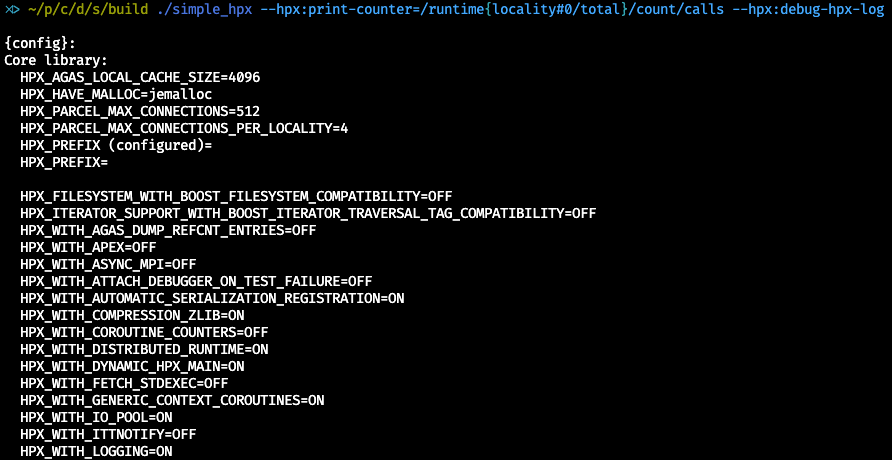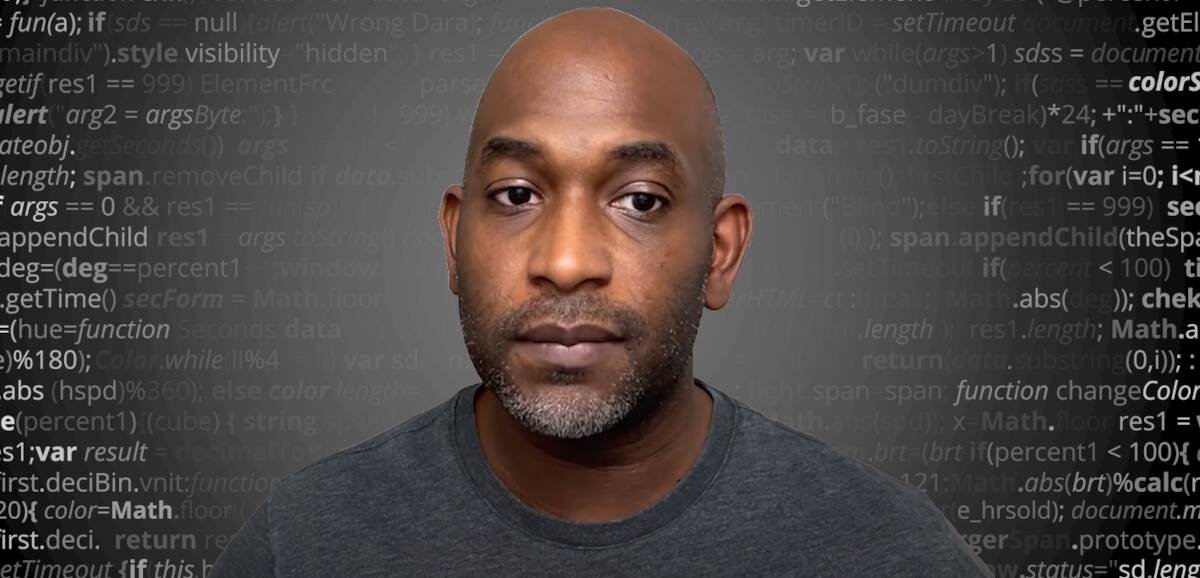
Revisiting HPX
It’s been a while since I last played around with HPX. Some time ago, in February 2016, I wrote an article about this excellent parallelization framework. Back then, I did everything on Windows, just to showcase that it’s possible to run it there. I even wrote a small tutorial on how to compile HPX binaries, which later got included in the official repo docs. That was it. I never looked back because I didn’t have much time to tinker around. Most of my time was spent working on .NET/C# (backend) and Angular/TypeScript (frontend) projects because, let’s face it, everyone wants to keep their fridge full and the industry doesn’t care much about one’s (non-existent) C++ skills. I still do some C++ stuff, but mostly for myself. There are a few GitHub projects of mine that use C++ in some way. Feel free to check them out. Ok, enough about that—let’s talk about HPX.
HPX is a runtime system that supports asynchronous, parallel, and distributed computing. I also see it as a way of thinking about software. These days, no sane person can expect an application, no matter how big or small, to “only need one CPU” or always run on just one machine or node. Nope, this is not how modern software should be conceptualized, let alone developed. Asynchrony, Parallelization, and Distributed Computing must be there from the very beginning because, as we all know, no one can predict the direction a software product will take. I’ve seen way too many projects that started with a narrow focus, only to be scrapped later as the software began to grow—often in multiple directions at once. Sooner or later, we faced the usual problems: poor or nonexistent caching strategies, too many conflicting component names, and increasing latencies everywhere. Add to that the fact that most teams change members over time (leading to knowledge loss that needs to be rebuilt), and you find yourself in the world of “modern software development.”

















